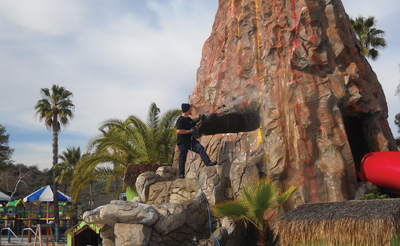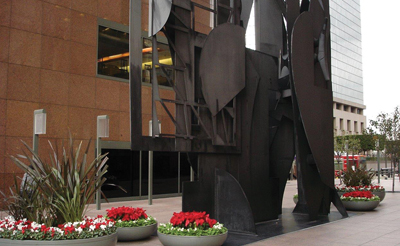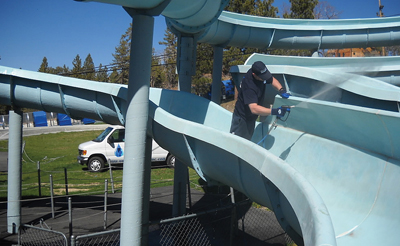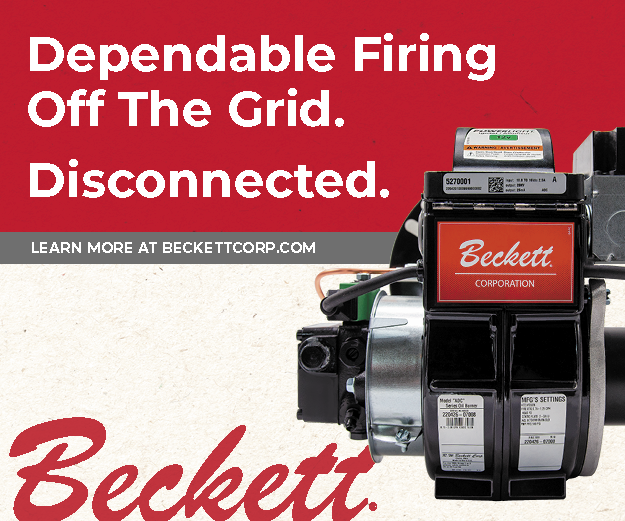
Power Washer’s Guidebook: Amusement Park Ridges and Attractions
Contributor: James A. Lewis, President/CEO, Underpressure Powerwashers, Inc., Oak Hills, CA / Published May 2015

G
eographical Considerations
Where there is an amusement park or similar attraction, there is an opportunity. There are opportunities in virtually every part of the country. You must be open to seeing them.
Typical Job

General maintenance cleaning so the owner can get at mechanical parts and fittings is a job we often take on. Usually, we do such cleaning in the off season or winter months in California.
Any job that involves cleaning prior to mechanical work will require that the power washing contractor work closely with the owner or the owner’s mechanics. Understand and adhere to all expectations.
The types of jobs vary a great deal. For example, we have cleaned a fiberglass “volcano” structure so that it could be repainted. We have cleaned Ferris wheels prior to maintenance. And we have cleaned the gel coat off water slides so that a new gel application could be applied.
Techniques that Work Best
To clean a ride prior to work by mechanics, we use a hot water pressure washer. We use strictly Hydro Tek equipment.

Working on fiberglass, such as the volcano replica, requires care so that the structure is not damaged by either pressure or heat. (There were specific requirements for water temperature set by the owner of the fiberglass volcano.) Yet the volcano is not the most structurally sensitive cleaning we have done. (See Every Square Inch.)
A Ferris wheel requires a lift and coordination with the ride owner. For instance, we would clean a section and then the wheel would be moved so that a new section was in our reach from the lift.
Gel slides get heavy exposure to sun, and the buildup on the slide can be significant. Hot water is a must.
Exceptions
It’s critical that the contractor assess the cleaning that needs to be done in consultation with the mechanical department. Each job is unique.
Equipment and Supplies
In addition to hot water pressure washers, you might need, depending on the job, lifts and booms, articulating wands, and brushes. For removal of tough residue from lubricants and such, a portable, steam cleaning unit may be needed.
How to Bill
I respond to RFPs and then I negotiate based on the difficulty of the job—how much time it’s going to take.
Ancillaries
We are always looking for the next project. When on site and talking with mechanics and owners, get a sense of what the owner’s next need will be.
Problem Areas to Avoid
With certain structures—the volcano already mentioned, particular care must be taken. Some structures require extra work; know that in advance. Gel slides might require rough sanding after washing.
 Water recycling requirements are strict in California and must be followed. When we cleaned the fiberglass volcano (at Raging Waters in San Dimas), we were able to conserve water by using water from the pool for cleaning. At the same time, no water discharge could be left in the pool. Whether cleaning park attractions or other structures, meeting recycling regulations will be necessary in many places, as they are in California.
Water recycling requirements are strict in California and must be followed. When we cleaned the fiberglass volcano (at Raging Waters in San Dimas), we were able to conserve water by using water from the pool for cleaning. At the same time, no water discharge could be left in the pool. Whether cleaning park attractions or other structures, meeting recycling regulations will be necessary in many places, as they are in California.
How to Fix Mistakes
Be ready for a close inspection from the owner or owner’s mechanics. Be ready to clean again any portion that was missed.
James Lewis heads Underpressure Powerwashers, Inc., a family-operated company since 1996, which incorporated in 2004. The firm takes on property cleaning jobs of a great number of kinds and of which amusement park rides and attractions make a small and interesting component.
Every Square Inch
One of the most memorable projects for Lewis’ team was not an amusement park ride or attraction, but it was a work of art titled “Night Sail” by sculptor Louise Nevelson. The 33-ton aluminum and steel structure, which is displayed outdoors in downtown Los Angeles, has a high monetary value.
The owner of the sculpture specified that the artwork was to be cleaned square inch by square inch as the first step in restoration. Lewis’ team carefully washed every square inch, working methodically so as to not miss any space.
Each square inch was washed at 200 degrees with rotating brushes attached to a variable wand with very low pressure. All water was recycled (to five microns) using a system from Hydro Tek.
Despite the scrupulous attention to detail with which Lewis’ team tacked the project, one square inch—just one—was missed. During the owner’s inspection, the one by one inch segment was found. Lewis’ team quickly finished the job by cleaning it.





